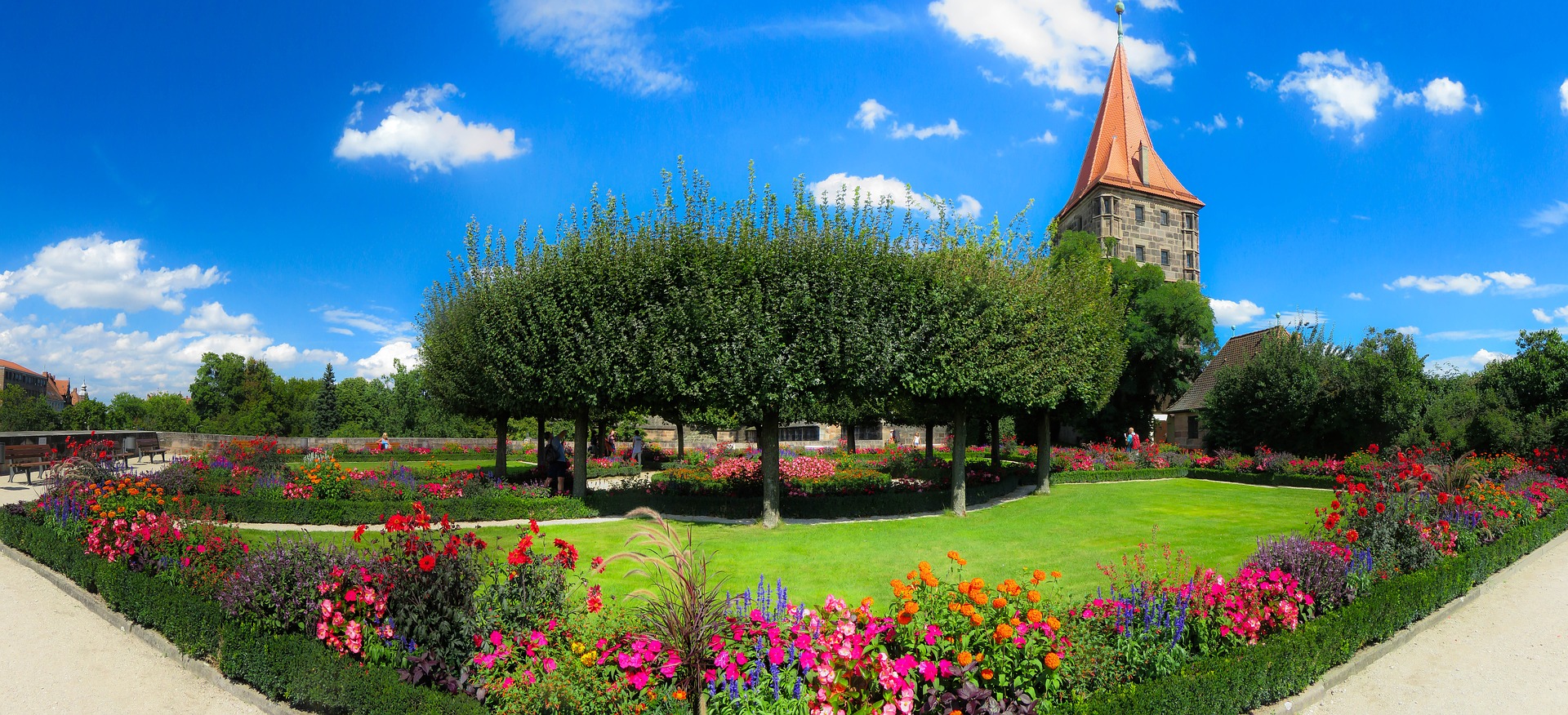
When the yard is a serious eyesore, it can be tempting to start attacking the space at random. But for the best bang for your buck and results for your time, you’ve got to come up with a plan. Read on to get started designing your landscape plan.
1. Get the Lay of the Land
Start by drawing a quick sketch of your space. Include any existing elements you wish to keep as well as the significant features you plan to add to the landscape plan.
Don’t worry about measuring everything or making it perfectly accurate yet. At this point, you just need a rough idea of where things will go and which things will be removed.
2. Measure the Perimeter Lengths
Now, it’s time to get more specific. Take accurate measurements of the perimeter of your yard. You can do this with the help of a friend and a 50 ft or 100ft (recommended) tape measure or a laser measure. A wheel measure can also work but tends to be less accurate.
Map out your measurements on grid paper. Assign a length value to each square and be sure to stay consistent as you add elements to the design. This will give you an accurate representation of the finished product.
3. Measure and Include Buildings
Measure and add your house and any other structures on the property to the drawing. Don’t forget to note the location of windows and doors. You’ll want to take these into consideration for your landscape plan.
For example, you might include a garden path extending from a door or you might use low plants in front of windows to allow more light into the home.
4. Add Existing Items You Plan to Keep
If you’re working on a landscape for a new home or an already cleared lot, you can skip this step. Otherwise, if you have existing elements such as walkways, driveways, patios, fences, trees, pergolas, or anything else you want to keep — add them to your drawing.
As you work, keep it to scale by measuring precisely and using known reference points on the map.
5. Add Those Utilities to Your Drawing
Remember, you can’t just dig anywhere, you might hit something. Visit Georgia811.com to get providers to come and mark the utilities. Add these marks to your drawing so you’ll know where not to dig and take these areas into consideration as you design your landscape plan.
6. Design Your Landscape Plan
You can draw your landscape plan on graph paper, but keep in mind you don’t have to do this all by hand. Computer software or apps are great tools for making this easier. You can add, delete, and rearrange easily to help you imagine your perfect space. iScape is a great tool for this and there is a free version.
If you want to do it the old-fashioned way on grid paper, there are a couple of options for trying out ideas. You can make multiple copies so you can draw different landscape designs for your space, or you can lay tracing paper over the existing map.
Another option is to laminate your design and pair it with markers used for overhead projectors. These allow you to draw directly on your plan to trial ideas and wipe clean as needed.
7. Create the Master Landscape Plan
Once you’ve decided on the final vision for your yard, it’s time to create a master plan. This combines your measurements, the existing elements you want to keep, and everything that will be added.
Every project, from adjusting a backyard landscape to include planting beds all the way up to a full makeover, will benefit from a plan that includes all design elements. If design ideas are thin on the ground, a landscape architect can be well worth the cost.
Try to keep in mind all desired components to be used through the seasons. In the summer, water features keep a home landscape lush. In the fall and winter, a fire pit makes outdoor evenings pleasant.
For a low maintenance outdoor space, consider paver patios and hardscape with native plants and ornamental grasses. Plant in layers with low groundcover at the front and taller plants in the back.
With your plantings, the master plan can be as detailed as penciling in every single marigold and petunia, but more commonly, areas for flower beds are noted and only perennial trees and shrubs get a specific mark on the plan.
8. Get Going on Your Project
Now, all that’s left to do is make it happen! Having your whole plan laid out on paper (or computer screen) makes it so much easier to turn it into a reality. With every aspect of the design planned out, it is straightforward to move along with budget, time, and labor estimates so that you can break ground and get going!
Maybe You’d Rather Be at the Lake?
Between the tedium of researching, planning, and implementing each step of the landscaping process and then going to the trouble of maintaining it week after week, we understand you may prefer to do something else this weekend.
That’s where Atlanta Turf & Tree comes into play. We have 35 years of combined experience in the industry and have a unique focus on creating lasting landscapes that double as living art. Contact our landscaping services experts to finalize your vision and finally get that yard done!









